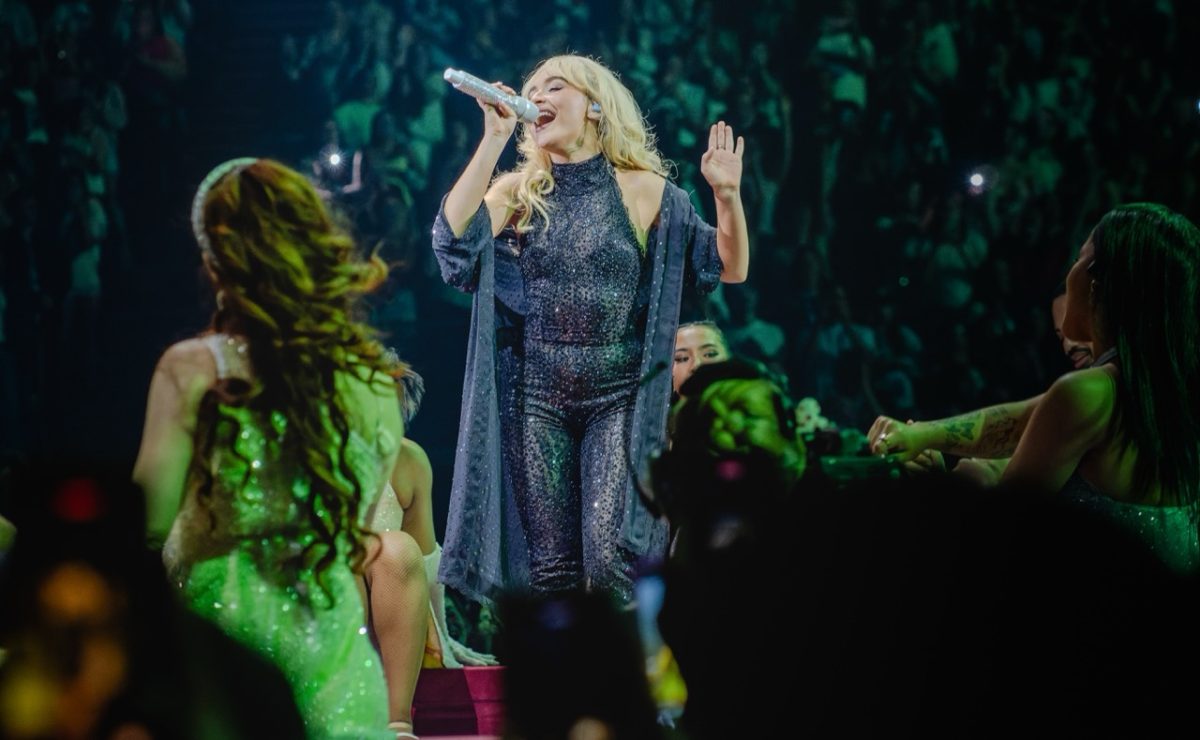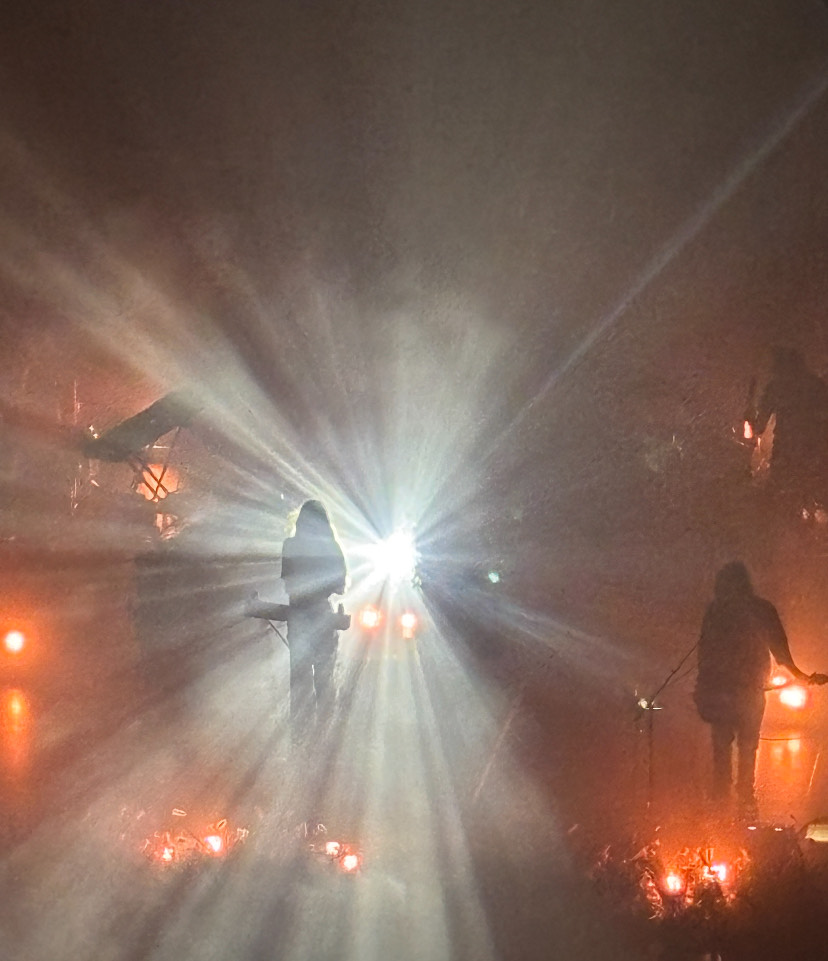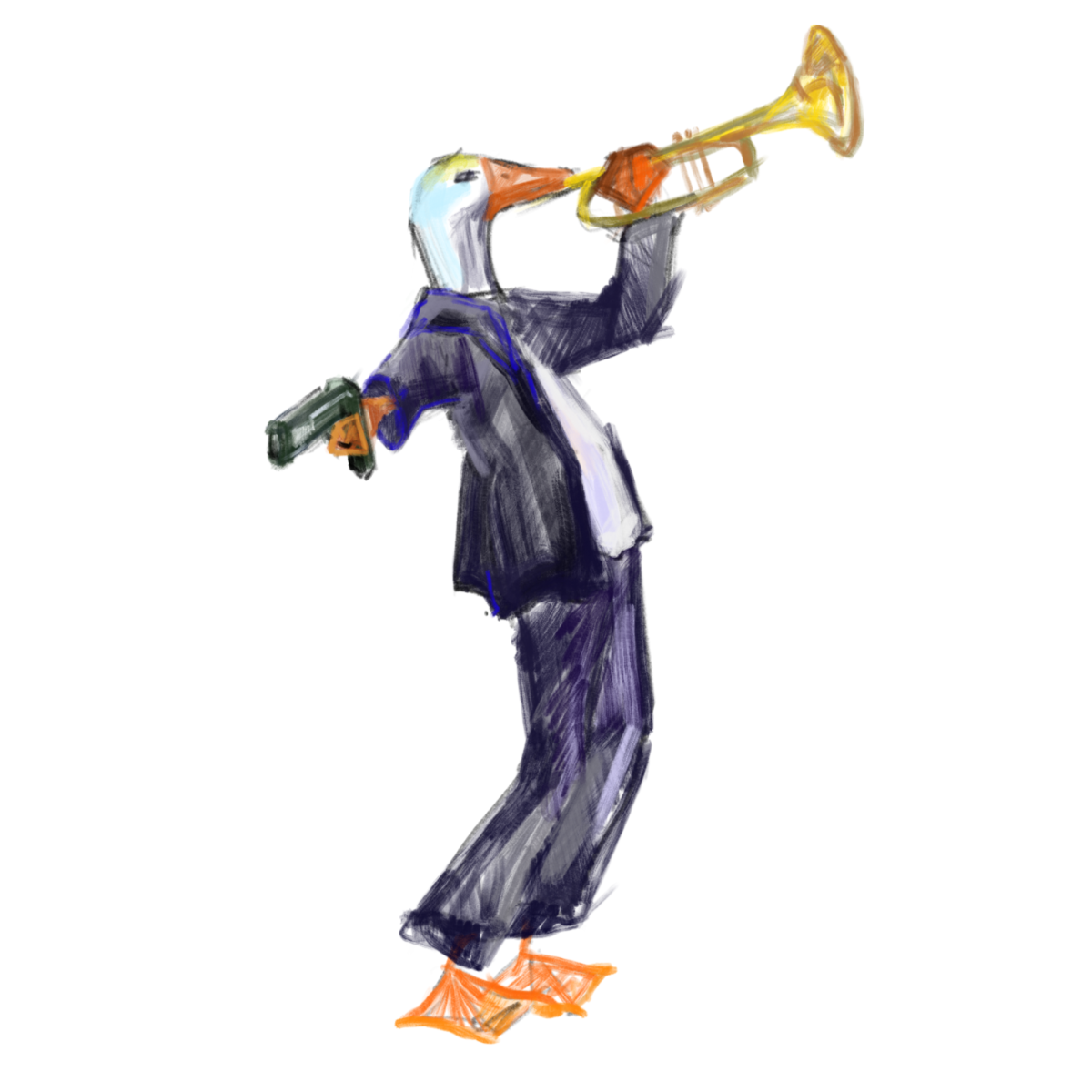As Miyazaki’s reportedly last film, “The Wind Rises” certainly doesn’t fail in squeezing your tear ducts. Studio Ghibli animation paints these incredible landscapes of pre-Industrial Japanese countryside. I could watch a timelapse of the skies alone as they change from blue to pink-streaked orange. Visuals and the typically heartwrenching classical music soundtrack aside, I thought that Miyazaki’s final film lacked boldness and the powerful sense of inspiration that his other films had.
“The Wind Rises” is a fictionalized biopic of Jiro Horikoshi, an aeronautical engineer who designed airplanes for the Japanese military during World War II. The Wind Rises is different from the most famous films of Miyazaki’s: “My Neighbor Totoro”, “Spirited Away”, “Howl’s Moving Castle”. Miyazaki departs from the fantastical and, much like his previous film “From Up on Poppy Hill”, grounds his latest film in the realistic world, containing everything from surreal elements to dream sequences. Miyazaki still manages to make something as technical as airplane engineering appear fascinating. Where my problems with “The Wind Rises” lie is in the film’s ambiguous relationship with war and women.
The protagonist’s Jiro’s main source of tension is his moral dilemma in his chosen profession of airplane design. Airplane design had been his passion since childhood and he considered it a noble, artistic endeavor; however, he knew that the planes he was designing were fighter planes with the sole intention to attack and bring destruction. Does he follow his dream of designing airplanes? Does he not, for ethical reasons? In the end, the war and the devastating effect of Jiro’s airplanes were majorly glossed over in the film. There are a few sequences where destruction is acknowledged, but the film always focuses on the artistry of the planes and the pride it brings to Japan. I thought that Miyazaki could have taken a bolder stance on war.
Naoko, Jiro’s love-interest is a lovely girl, but her character totally annoyed me. Maybe I’m too accustomed to the spunk and boldness of many of Miyazaki’s female characters, but Naoko felt too passive and self-sacrificing, while Jiro felt selfish and bland.
I do wonder how much my impression of the characters was influenced by the English dubbing of the film. Joseph Gordon-Levitt had a very neutral voice and didn’t really express any sort of personality. John Krasinski voiced Jiro’s friend Honjo’s voice, and he was a lot more sarcastic and appealing. Werner Herzog made a cameo, and that was exciting. He will appear as the man who looks like he’s eating a bowl of leaves, and he consumes it with such zeal.
The scenes at the countryside resort are to die for. The bubbling brooks and grassy hills were so beautiful, and this snow needs to thaw right now.







Sue Sanderson • Sep 10, 2019 at 3:35 pm
I have to show my love for your kind-heartedness giving support to men who must have assistance with this particular subject matter. Your real dedication to passing the solution all around ended up being amazingly functional and have continually permitted workers like me to achieve their desired goals. Your entire informative suggestions denotes a lot to me and even more to my office colleagues. With thanks; from everyone of us.
Vanessa Clark • Sep 8, 2019 at 2:09 am
I used to be recommended this blog by my cousin. I’m not positive whether or not this submit is written by way of him as no one else know such specific about my difficulty. You are incredible! Thanks!